Here, we want to learn what a transducer is, how it works, and what types of transducers are available. There are many variables that influence our ordinary lives: the pace of a car, the temperature in a house, and the speed of the wind. In most circumstances, these variables are monitored continuously.
These variables are the feedback that is employed to control the velocity of a car, the performance of an air conditioner, radiator levels, and oven temperatures. The components that sense the mentioned variables and convert them to a proper output are transducers. Here, we want to elaborate on different aspects of transducers, their applications, types, and working principle.
Any device that can transform one kind of energy into another is referred to as a transducer. An electrical transducer simply transfers a quantity to an electrical form in this way. The use of Industrial Tools results in the creation of a Transducer Product. Transducers are available from a variety of Suppliers and Companies, as well as manufacturers and distributors, and there are many Transducers for Sale on Linquip.
There is a complete list of transducer services on the Linquip website that covers all OEM fleets. Linquip suppliers can assist you with this. Please contact Transducer Experts in Linquip to learn more about how to connect with a diverse group of service providers who consistently deliver high-quality products.
What is Transducer?
A transducer is a device for the conversion of physical quantities to electrical ones. For instance, it converts the physical quantity to voltage or electric current. In general words, it changes the quantities to the form, which is measurable in the form of electrical signals. The primary quantity may be temperature, pressure, level, displacement, etc. The transducer’s output is equal to the input, but it has an electrical form. For instance, a temperature transducer converts the temperature into an equivalent electrical signal. The signal is employed to control the temperature and display it.
It is remarkable to say that any device that can convert one form of energy into another is a transducer. In this way, an electrical transducer just converts a quantity to an electrical form.
Samples of typical transducers involve the following:
- A speaker converts an electrical signal to pressure waves, so it is called a transducer.
- A microphone converts sound vibration to electrical vibrations. Besides, a loudspeaker converts electrical pulses into sound.
- A solar cell converts brightness into electricity, and a thermocouple transforms thermal energy into electrical energy.
- An incandescent light bulb creates light. It passes a current through a filament. Therefore, a light bulb is a transducer for the conversion of electrical energy to optical energy.
- An electric motor is a transducer for the conversion of electricity into mechanical energy or motion.
Each transducer consists of two essential parts: The sensing element and the traducing element.
The sensing or detector element is the part of the system which receives and sends the response to the physical sensation. The response of this element is dependent on physical phenomena.
Another critical part of the transducer is the traducing element. This part is called the secondary transducer in some references. The transduction element’s primary responsibility is converting the output of the sensing element into an electrical signal.
A transducer also has other elements such as power supply calibrating, signal processing, amplifier, etc.
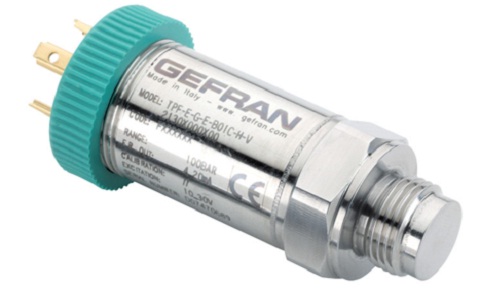
Is Transducer A Sensor?
Both a sensor and a transducer are used to detect changes in the environment or an item they are attached to; however, a sensor will produce the same output format while a transducer will turn the measurement into an electrical signal.
Determining factors for Choosing Transducer
There are some influential factors used for measuring physical quantities. In what follows, those factors are mentioned in summary.
Operating Principle: The transducers are chosen based on their operating principles. The mentioned principle may be inductive, resistive, optoelectronic, piezoelectric, capacitive, etc.
Sensitivity: The sensitivity of the transducer is adequate for inducing the detectable output.
Working Range: The transducer should have wide operating ranges to not break during the working.
Compatibility with the Environment: The transducers should have the ability to work in any specific environment, such as in a corrosive environment. They must be able to operate under high pressure and shocks.
Insensitivity to Unwanted Signals: The transducer should be quite sensitive for ignoring the undesired and highly sensitive signals.
Accuracy: The transducers provide accuracy after calibration. It has a little value for repeatability, which is necessary for technical applications.
Cross Sensitivity: The transducers provide variable measured value for the different planes because of the sensitivity. Therefore, for precise measurement, cross-sensitivity is essential.
Failures or Errors: The errors are avoided by taking the input-output relations, which the transfer function achieves.
Loading Effect: The transducers have significant input impedance and small output impedance for withdrawing the errors.
Usage and Ruggedness: The transducer’s durability, size, and weight must be known before choosing it.
Reliability and Stability: The transducer’s reliability should be significant in the case of a transducer’s failure. Also, The stability of transducers should be significant enough for the operation.
Static characteristic: The transducer should have large linearity and resolution, but it has weak hysteresis. The transducer is constantly free from the temperature and load.
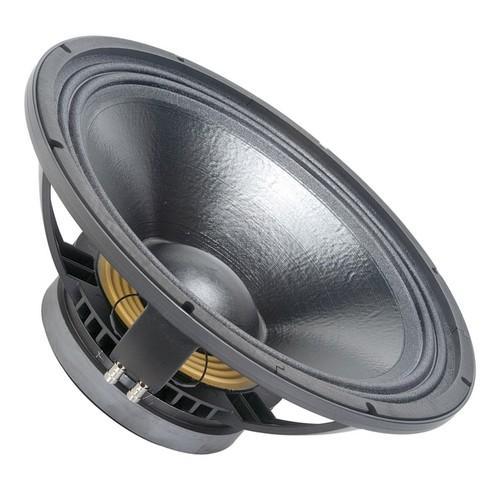
Application of Transducers
Different types of transducers have various applications based on their characteristics. Here some of their application are mentioned.
- It converts the temperature of desired devices into mechanical work or an electrical signal.
- It is used in the ultrasound machine. The transducer receives the patient’s sound waves by emitting their sound waves and passing the signal to the CPU.
- It is employed for detecting the movement of muscles, which is called an acceleromyograph.
- It can be employed in measuring the load on the engines.
- It can be employed as a sensor for determining the engine knock.
- A transducer measures the pressure of the gas and liquid by converting it into an electrical signal.
- A transducer can be employed in the antenna for converting the electromagnetic waves into an electrical signal.
Some other typical applications are:
- Magnetic cartridges, which converts relative physical movement to and from electrical signals
- Tape head, disk read-and-write heads, which converts magnetic fields on magnetic media to and from electrical signals.
- Hall effect sensors, which convert a magnetic field level into an electrical signal
- We also have electrochemical ones such as pH probes, hydrogen sensors, and electro-galvanic oxygen sensors.
Types of Transducer
Transducers can be classified in several ways. We have provided two types of classification here.
The first classification is based on the quantity they can convert. Pressure and temperature transducers, which convert pressure and temperature into electrical signals, are the most common examples.
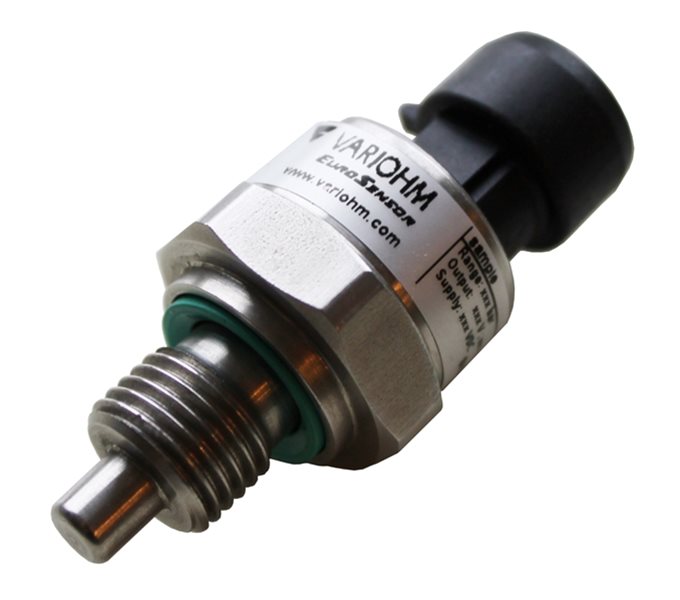
The second classification of transducers regards the physical quantity, which will be converted to electrical quantity. An example of this type is the change in resistance of a copper element, which is its physical property, in proportion to the change in temperature.
We can also classify them based on the source of energy. In this way, the transducers are categorized into two types. Whether the source of energy is mandatory or not explains the type of them in this classification.
Measured Quantity
In this criterion, the transducers can be classified as:
- Temperature transducer (such as thermocouple), a device that converts the thermal quantity into the physical one.
- Displacement transducer (for example, LVDT) that transforms the linear motion into an electrical signal.
- Pressure transducer (such as diaphragm), which is an instrument that measures the pressure of a fluid, denoting the force the fluid is applying on contacted surfaces.
- Flow transducer, which is utilized to measure liquid and airflow velocity.
- Oscillator transducer that can be used to measure pressure, displacement, or force by converting it to a voltage.
- Inductive transducer, in which a movement among a conductor beside the magnetic field causes a voltage inside the conductor.
-
Piezoelectric transducer components (reference: power-mi.com)
Presence or Absence of External Power Source
In this classification, we have two types of transducers, which are:
- Active Transducers: If the transducer is not dependent on the external energy source and does not need any power source to operate, we have an active transducer. Their principle of working is energy conversion and produces an electrical signal proportional to the physical quantity input. To exemplify, we can put the thermocouple in the class of active transducer.
- Passive Transducers: If the energy source is available and required for the transducer’s operation, we have a passive one. These types produce an output signal in the form of some variation in capacitance, resistance, or any other electrical parameter. Then the produced signals will be converted to an equivalent voltage or current signal. In this group, we have a photocell. A photocell varies the resistance of the cell when light falls on it. This change in resistance is converted to a proportional signal with the help of a bridge circuit. In this way, it can be used to measure light intensity.
Principles of working of Transducers
Transducers have different principles of working based on their application. Here, we have some of their principles based on their applications:
- Photovoltaic: It converts light energy into electrical energy. It is made of semiconductor material. The photoelectric transducer employs a photosensitive element, which ejects the electrons when the beam of light absorbs through it. The Photovoltaic (PV) effect is described as the conversion of sunlight energy to electricity.
In a PV system, the PV cells utilize this effect. Semi-conducting materials in the PV cell are doped to form a P-N formation as an interior electric field. The p-type (positive) silicon tends to leave electrons and earn holes while the n-type (negative) silicon accepts electrons. When sunlight hits the cell, the photons in light trigger some of the semiconductors’ electrons to convert electron-hole (negative-positive) pairs. Since there is an interior electric field, these pairs are provoked to separate.
Consequently, the electrons jump to the negative electrode while the holes pass to the positive electrode. A conducting wire attaches the negative electrode, the load, and the positive electrode in series to form a circuit. As a consequence, an electric current is generated to provide the external load. This is how the PV effect works in a solar cell.
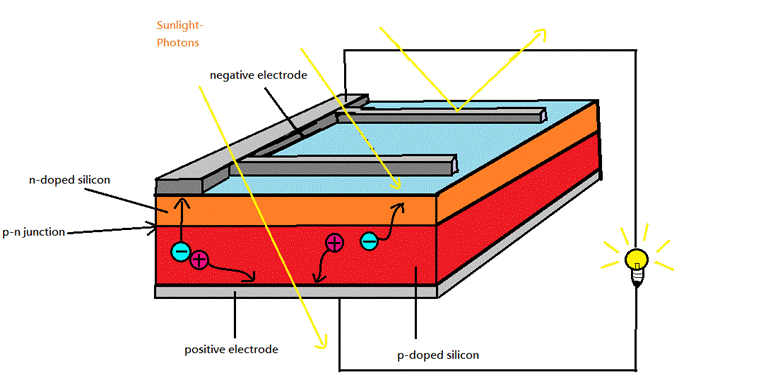
- Piezoelectric transducer: It is an electroacoustic transducer aid for the conversion of pressure or mechanical stress into another electrical force. It is used to measure the physical quantity like stress, force, pressure, etc., which is not possible to measure directly.
A piezoelectric transducer works on the principle of the piezoelectric effect. The piezoelectric effect states that when mechanical stress or forces are applied to a quartz crystal, generate electrical charges on the quartz crystal surface. Pierre and Jacques Curie discovered the piezoelectric effect. The rate of charge generated will be comparative to the rate of mechanical stress rate applied to it. When stress increases, the voltage will become higher.
- Hall effect transducer: It is used for measuring the magnetic field by converting the field into an emf. The straight determination of the magnetic field is not achievable. Therefore, the Hall Effect Transducer is used. It converts the magnetic field into an electric quantity, readily estimated by the analog and digital measures.
The principle of the Hall effect in a transducer is that if the conductor’s current-carrying strip is placed in a crosswise magnetic field, the EMF develops on the conductor’s edge. The magnitude of the developed voltage depends on the density of flux. This characteristic of a conductor is called the Hall effect. The Hall effect factor is mainly used for magnetic determination and for sensing the current. The metal and semiconductors possess the Hall effect characteristic, which depends on the densities and electrons’ mobility.
- Photoconductors: It is employed to convert light energy into electrical energy. It is composed of semiconductor substance. The photoelectric transducer utilizes a photosensitive element, which discharges the electrons when the beam of light absorbs through it.
The working principle of Photoelectric Transducer can be classified as photoemissive, photovoltaic otherwise photoconductive. Once the radiation drops over a cathode in photoemissive type devices, they can emit electrons from the cathode plane.
The output of the PV cells can generate a voltage that is relative to the intensity of radiation. The occurrence of radiation can be IR (infrared), UV (ultraviolet), X-rays, gamma rays, and visible light. In photo-conductive devices, the material’s resistance can be changed once it is light up.
- Electromagnetic acoustic transducer (EMAT): It is a transducer used to generate non-contact acoustic waves and reception in conducting substance. It does not demand direct coupling with the surface of the material.
An EMAT causes ultrasonic waves into a test object with two interacting magnetic fields. A moderately high frequency (RF) field generated by electrical coils interacts with a low frequency or static field produced by magnets to produce a Lorentz force like an electric motor. This disorder is transferred to the lattice of the material, creating an elastic wave. In an exchangeable process, the interaction of elastic waves in the presence of a magnetic field causes currents in the receiving EMAT coil circuit.
Download Transducer PDF
Buy Equipment or Ask for a Service
By using Linquip RFQ Service, you can expect to receive quotations from various suppliers across multiple industries and regions.
Click Here to Request a Quotation From Suppliers and Service Providers
- Resistive Transducer: Working Principle & Example
- Photoelectric Transducer: Application & Working Principles
- What Is a Pressure Transducer? A Simple Descriptive on the Definition, Working Principle and Considerations
- What is a Thermistor and How its Working ?
- Important Detailed Information About The Types of Transducers
- Pressure Transducer: Definition, Working Principle, and Types
- Active Transducer : All You Should Know About
- Transducer vs. Sensor: Basic Differences & Advantages of Them
- Temperature Transducer: Definition, Working Principle, and Types
- Piezoelectric Transducer and Its Impressive Applications in Electric Circuits
- What are the Main Benefits of an Ultrasonic Transducer?
- All You Need to Know about Transducer


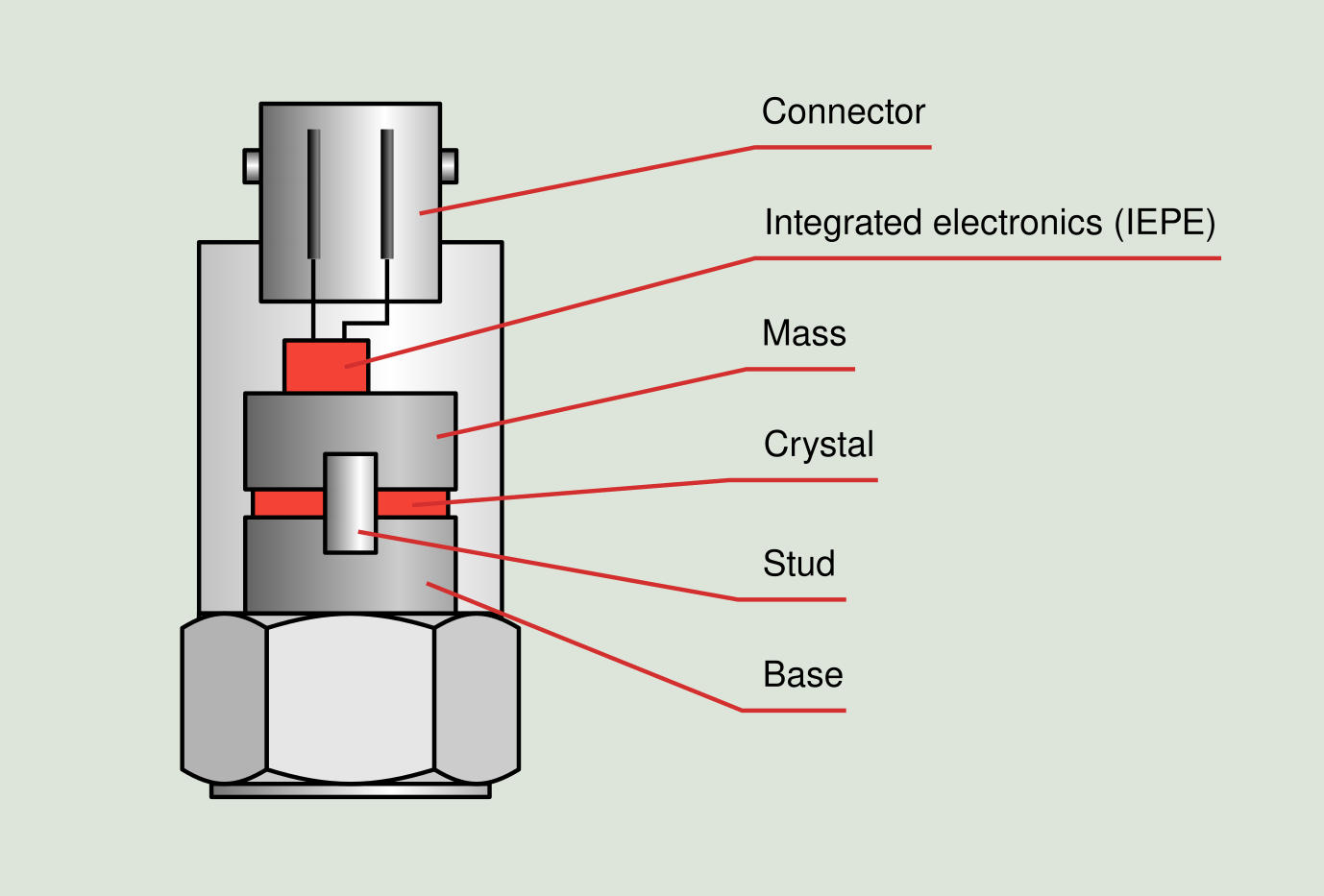


I thanks you guys for given me what I want but no sketch of transducer.
We’re so happy to hear you had a great experience at Linquip. Your review made our day! Our whole team works very hard to keep our visitors happy, but we can only do it thanks to amazing visitors like you. Thanks again, and we hope to serve you again soon.
Hi,
I own the domain powertransducers.com which is a top search term used by people on various search engine platforms. I’m looking to sell the domain name. Not at an outrageous amount, but for a very reasonable amount.
Let me know if you are interested. I will be contacting other buyers in the area as well.
Thank You
Bruce Villson